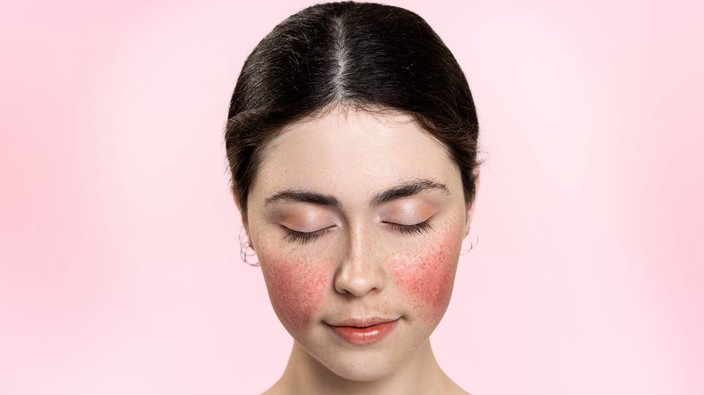the underlying cause of the inflammation that drives rosacea is unknown, though there are several theories including a dysfunctional immune system, microorganisms, and the hyperactivity of blood vessels. there also appears to be a genetic component.
how is rosacea treated?
the most common reason that people with rosacea seek medical attention is the chronic and progressive redness of their face. it is not unusual to discover that these patients are also experiencing eczema, burning or stinging, or swelling of the face — secondary symptoms of rosacea.
once the diagnosis is confirmed, it’s time to explore treatment options. the first step in managing rosacea involves educating the patient on the chronic and inflammatory nature of the disease. at best, we can control and reduce symptoms, but unfortunately, there is no cure. with that in mind, some principles apply to all patients with rosacea: calming skin care, the avoidance of triggers, and appropriate sun protection. a prescription topical preparation of brimonidine (onreltea) can also help induce a short-term constriction of the superficial blood vessels of the face for six to eight hours.
other treatment options include vascular laser sessions to address chronic redness and telangiectasia, topical antibiotics — and sometimes retinoids — which are used to treat papules and pustules. oral antibiotics, which are reserved for moderate to severe cases of papulopustular rosacea. in instances where these treatments do not achieve satisfactory results, the use of isotretinoin (accutane, epuris) may be used.
 4 minute read
4 minute read









